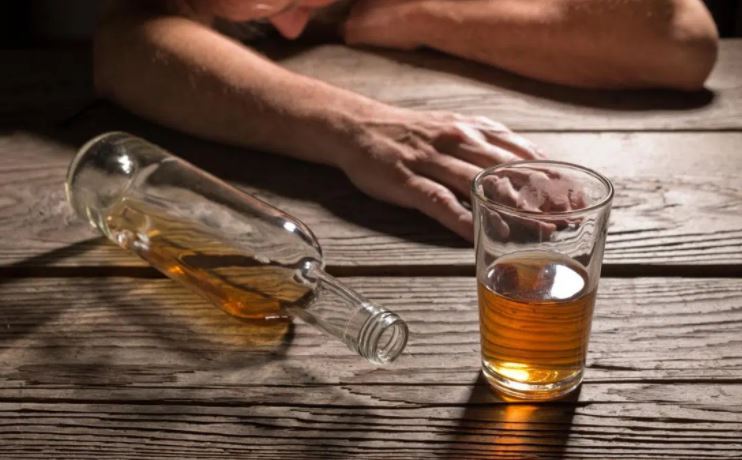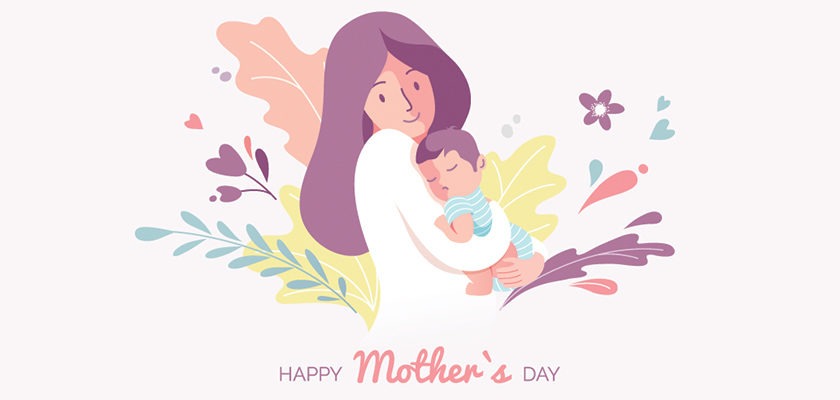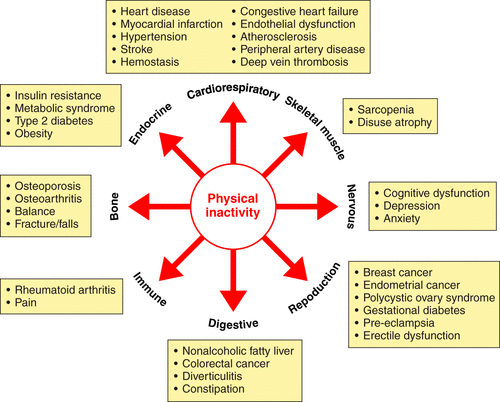आधी सदी पहले, भारतीय महिलाओं और शराब के बारे में एक ही सांस में बात नहीं की जाती थी। कुछ अमीर और ‘आधुनिक’ महिलाओं के बारे में सोचा जाता था कि वे महंगी शराब का सेवन करती थीं और उनके बारे में शांत स्वर में बात की जाती थी। प्रत्येक दशक के साथ महिलाओं की मुक्ति और सशक्तिकरण में वृद्धि हुई। अधिक से अधिक किशोरियाँ दूर-दराज के शहरों में पढ़ने के लिए चली गईं और छात्रावासों में रहने लग गयी। युवा महिलाओं को बेहतर वेतन वाली नौकरियां मिलीं जिसके लिए ग्राहकों के साथ बैठकें या महानगरों में करियर बढ़ाने वाले सम्मेलनों की आवश्यकता थी। इन किशोरियों और युवतियों, जिन्होंने पढ़ाई/कड़ी मेहनत की थी, को कम से कम सप्ताहांत पर आराम की आवश्यकता थी। दावत और सैटरडे नाइट पार्टीज/ किटी पार्टीज के लिए जाना नया रिवाज बन गया। इसे मध्यम वर्ग में भी सामाजिक स्वीकृति मिली।
Category: Miscellaneous
Does Alcohol affect women differently?
Half a century ago, Indian women and alcohol were not talked about in the same breath. Some rich and ‘modern’ women were thought to indulge in expensive wines and were spoken about in hushed tones. Women’s lib and empowerment increased with each decade. More and more adolescent girls went to study in faraway towns and stayed in hostels. Young women got better-paid jobs that required meetings with clients or career-enhancing conferences in metros. These adolescent girls and young women who studied/ worked hard needed relaxation, at least on the weekends. Going for get-togethers and Saturday night parties/ kitty parties became the new norm. It gained social acceptance in the middle class too.
Alcohol Intake and Covid Stress
Till COVID19 struck India, alcoholic drinks were easily available except in states under prohibition, Gujarat, and Bihar. Around 36% increase in liquor sales was taking place before the pandemic struck. Alcohol was a drink for unwinding, socializing, and celebrations as also for meeting business associates. Working ladies and girls were also being lured with targeted advertising campaigns. Bars, discotheques, and microbreweries were having a booming business, especially on weekends. Even the ‘ahatas’ country liquor shops were blooming almost everywhere.
Seeds
This is a story, reflecting not only grief but of many in my country but also their resolve to reconstruct, rebuild and survive…so that their seeds flourish one day.
The Circle of Happiness
As India reels under Covid crisis, a multitude of families struggle to adjust to a world unrecognizable in the absence of their loved ones. And yet, what remains as a responsibility on the tired shoulders of the remaining…is the honorous task of passing on that one element to the next gen which keeps the world moving in the harshest of emergencies, calamities, and destruction – HOPE!
Mother’s benefaction: Intelligence and Wisdom
A tribute to all the mothers who are extra-special and brave. Some of these mothers called Veer Naris are those whose husbands have been martyred. A select band of these mothers chose to study and train themselves to become army officers and are now serving the army, in addition to bringing up their children. Bravo!
Do women age differently than men?
In the previous article, certain misconceptions about aging were discussed. This week, the big question is, do women age differently than men? The answer is yes. In many different ways. Why? Because they are anatomically different. They have a few hormones in higher or lower quantities, and these change as they age. Also in India, women are subjected to different sets of rules by their parents, siblings, friends, husband’s, their bosses as well as their children as they grow up. Despite these disadvantages, they are considered the stronger sex. The…
Comical Story of Pilot Flight Check
A humorous account of a pilot’s flying knowledge and competency test. Good for a laugh in the midst of all the Covid news.
Inactivity and Ill Health
Regular physical activity is a well-established protective factor for the prevention and treatment of the leading noncommunicable diseases (NCDs), namely heart disease, stroke, diabetes and breast and colon cancer. It also helps prevent other important NCD risk factors such as hypertension, overweight and obesity, and is associated with improved mental health, delay in the onset of dementia and improved quality of life and well-being. Beyond health, increasing participation in physical activity has multiple social and economic benefits and can contribute to achieving the 2030 Sustainable Development Goals (SDGs).
Double Whammy, Twice Over – The DDDD of India
Dalits, long victim to a caste-based system of social hierarchy that regards them as ‘untouchables’, comprise around 17 per cent of India’s total population. While caste-based discrimination was outlawed in 1955, the social phenomenon of caste persists and is imparted through birth. As a result, Dalits still face severe hardship and exclusion from mainstream society, with prejudicial attitudes and practices underlying much of Indian society today.




